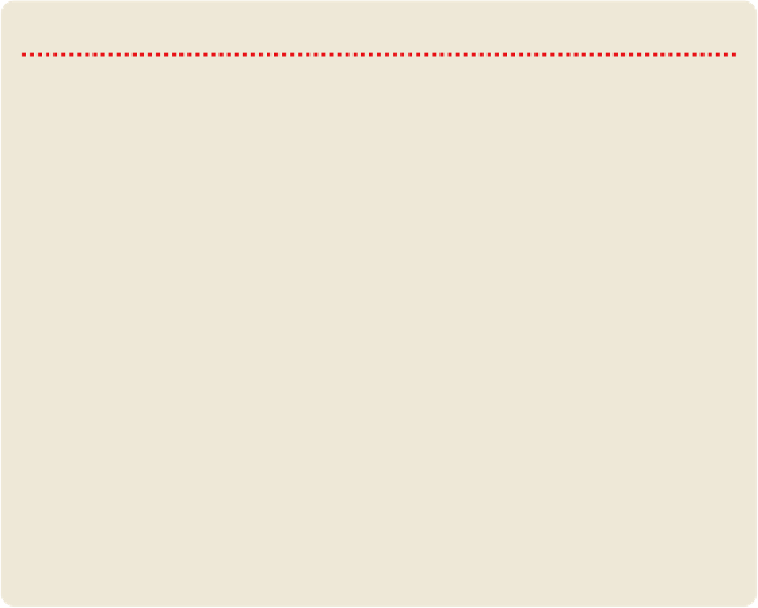Travel Reference
In-Depth Information
BUENOS AIRES' BLUE (IE BLACK) MARKET
Because many Argentines are desperate for hard currency to combat their country's high inflation,
mistrust the peso's stability
and
are not allowed to easily buy them - Argentina has a robust black
market for US dollars, especially in Buenos Aires. This market is also called the
mercado azul
(blue
market, or 'cambio blue'). The blue market rate can be nearly twice the official exchange rate, though
rates fluctuate daily. Many people think this parallel market can't last forever, and the government is
constantly tinkering with laws to combat it.
In BA, some people use this market on Calle Florida, where
arbolitos
(touts; literally, 'little trees')
constantly call out
'cambio, cambio, cambio'
. The
arbolito
leads the interested party to a
cueva
(unof-
ficial exchange office) for the transaction. Unobtrusive storefront
cuevas
also exist in some tourist
neighborhoods in BA; many locals use them and know where they are located. Be aware that this
shady activity - although commonplace (newspapers even publish the going blue rate) - is technically
illegal. Scams and fake bills do exist, and unwary travelers make very good targets.
Instead of using
arbolitos
, some people change money (or pay for services) at certain stores, travel
agents, restaurants and accommodations for rates close to the blue market's. Outside BA, some
cam-
bios
might give you the unofficial rate. Hundred-dollar bills get the highest rates.
Note that ATMs in Argentina don't give out US currency, no matter what their screen says. Some
ATMs in Uruguay will, however - though there are daily limits for withdrawals.
Another way travelers bypass the official exchange rate is by using international money-transfer
services such as
www.xoom.com
(for those with US bank accounts) or Azimo (for those with UK
bank accounts).
Do your research very carefully before coming to Argentina. And no matter how you end up getting
your pesos, use them all up before your flight home. It's unlikely you'll be able to change them back
to a hard currency at a decent rate - if at all.
Tipping
In restaurants and cafes it's customary to tip about 10% of the bill for decent service. An interesting note:
when your server is taking your bill with payment away, saying '
gracias
' usually implies that the server
should keep the change as a tip. If you want change back, don't say '
gracias
' - say '
cambio, por favor
'
instead.
Note that tips can't be added to credit-card bills, so carry cash for this purpose. Also note that the
cubierto
that some restaurants charge is not a tip; it's a sort of 'cover charge' for the use of utensils and bread. Yes,
it's silly, but that's the custom.
Bartenders
Usually no tip, but it's OK to give a small bill for a drink or good cocktail.
Delivery persons
A small bill.
Hotel cleaning staff
A few pesos per day (only at fine, upscale hotels).
Hotel porters
A small bill.

